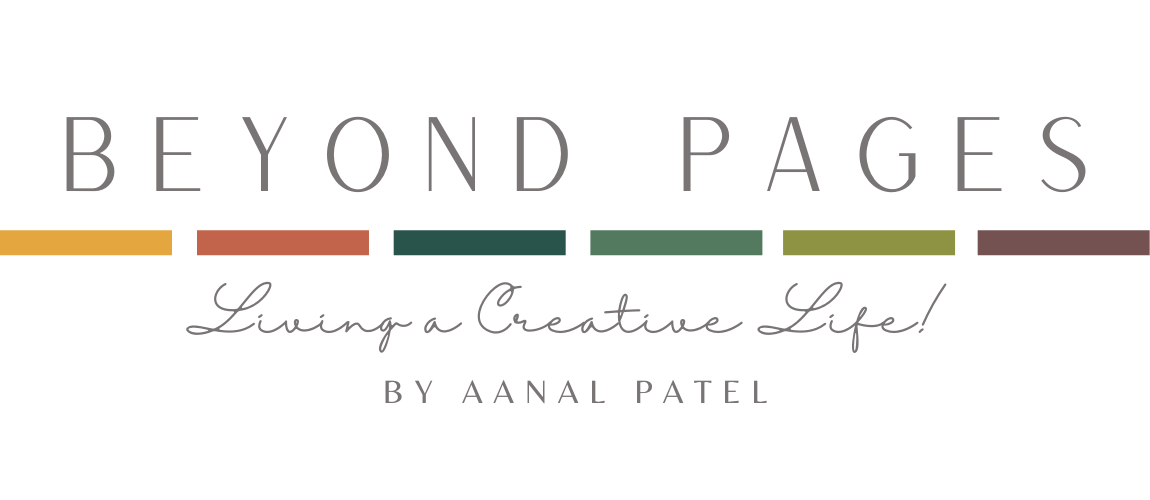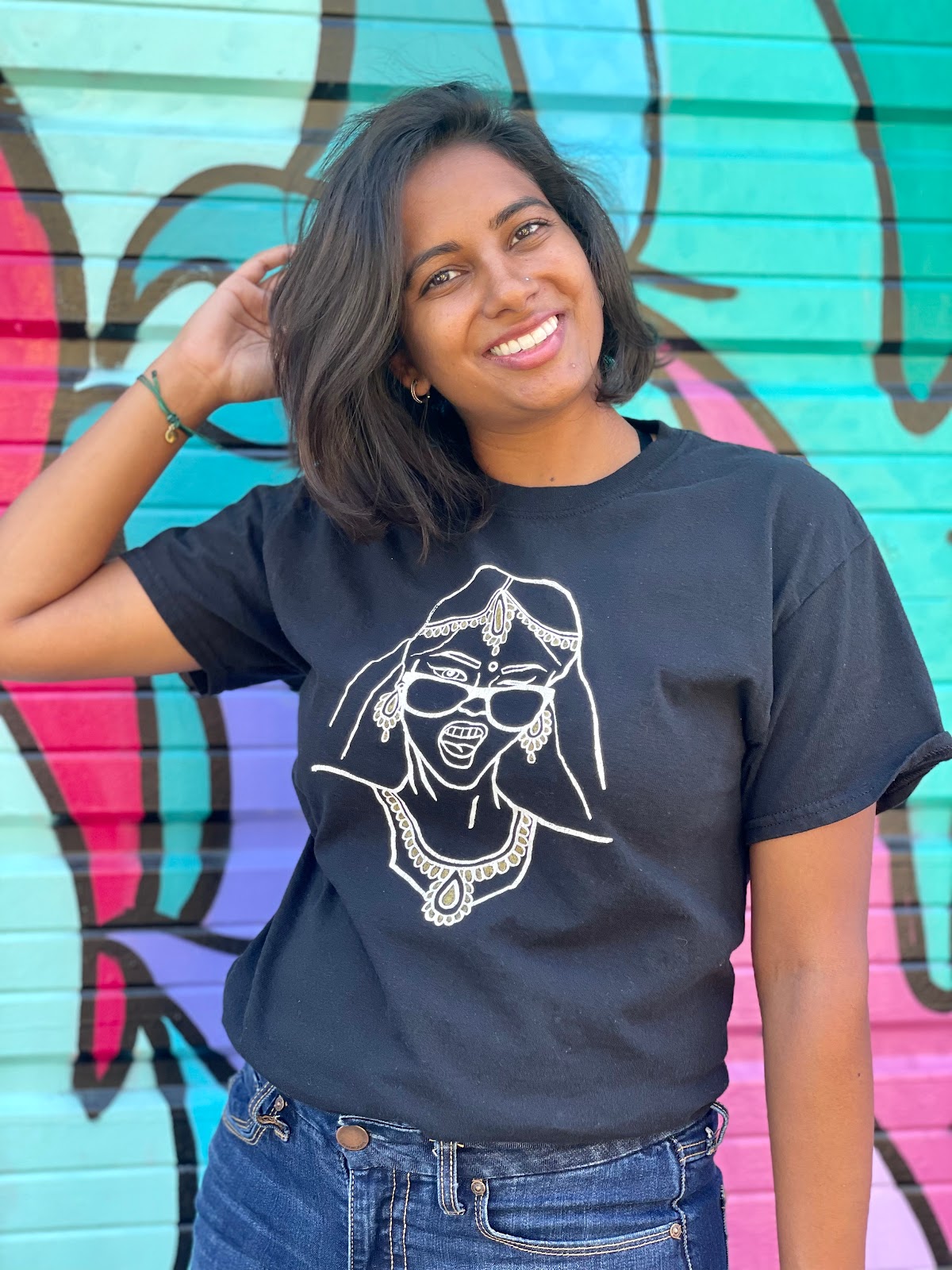"The art challenges the technology, and the technology inspires the art" - John Lassetter, Pixar
I recently read the book, 'Creativity Inc,' by Ed Catmull, coFounder of Pixar. I loved it and I highly recommend everyone to read/listen to it! The book is filled with inspiration and words of wisdom that should be implemented in everyday life! I wanted to talk about one of the parts that really resonated with me, 'Learning to See'.
The main point of the section was asking why some can draw better than others, what is it that artists see that we don't. I particularly loved this because it's not like learning to see can suddenly make you better at drawing but it definitely opens up a new observational skill for you. The challenge: Learning to shut off the part of your brain that jumps to conclusions.
Our brain has the ability to fill in the blanks. When I look at a partial or faded image of a chair, I'm able to fill in the pieces that may be missing due to preconceptions. In art one should also be able to break apart the pieces and see an image as separate shapes or colors rather than an image as a whole as well.
Catmull talks about proportionality through drawing a face. We tend to focus on drawing eyes, the mouth or the nose much more and tend to draw them bigger because we see them as key features and key communication features yet when we step back at our drawing of a face things are now improportional. In reality those features are much smaller then say the forehead or cheeks.
Not only do we do this with whole images and shapes but also color! We pick up the color blue instantly if we're about to draw an image of a lake, or green for trees and red for an apple. Yet when we look at our drawing it doesn't look right! If we learn to set aside our mental model and look at the different parts of the whole then you no longer see a lake, or an apple, you see various shapes in various colors.
Ways to learn how to do this:
- Place an object upside down - your brain is no longer going to fill in what it knows, now you have an unknown object in front of you and can put the various pieces of it together however you like.
- Focus on negative space - If I focus on the colors and proportions surrounding my main object, I'm more likely to get the proportions of my main object correct.
- Break color into sections - If you take the different colors you see and turn them into various shapes of their own you'll be able to get closer to what the image actually looks like!
Reading this section I realized that I do a lot of these things and that has led to me liking how my paintings turn out much more! Here are some examples to show you!
1. My first portrait painting- In my opinion I think this turned out well because I really started to see color! Particularly when I got to the ear and the neck. What colors do you see on her face....? I've outlined some that stick out to me in the next image.
Seeing how this turned out and how I feel like I now saw so many more colors I wanted my next one to focus on color!
2. My second major oil painting - I know for this one a lot of time was spent on mixing my own colors in order to immerse myself in color more. I definitely started with the surroundings rather than the main subjects and I flipped this painting and the image I was painting from upside down more than once. It felt easier and I was able to focus in more on that part of the painting! The piece circled in white is where I started for this painting. The pieces I circled in black I did upside down.
 Her skirt was the hardest part of the entire thing, I painted it on and wiped it off twice before I decided to try doing it upside down. That worked for me and I think it came out pretty well!
Her skirt was the hardest part of the entire thing, I painted it on and wiped it off twice before I decided to try doing it upside down. That worked for me and I think it came out pretty well!
Breaking down images into shapes or various colors now goes far beyond my crafting, I do it all the time, even when out on a run and just observing nature or the road. It's become part of how I see now and I love it. So try setting aside your mental model of observation and try to see differently!
- A
If you'd like to read more...











.png)

Post a Comment